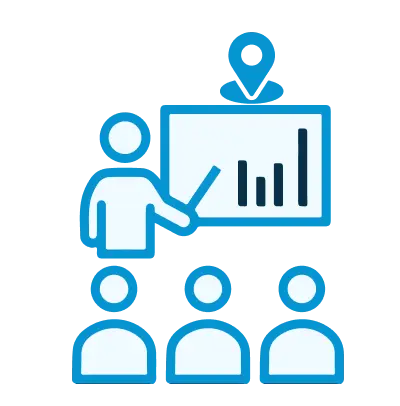Unable to find what you're searching for?
We're here to help you find itPHP Security Course Overview
The PHP Security course is a comprehensive program designed to equip learners with the knowledge and skills necessary to secure PHP applications. Covering a wide range of topics from setting up a secure environment to advanced defense techniques, this course is ideal for developers and security professionals looking to enhance their PHP security training.
Module 1 starts with the basics, guiding learners through a step-by-step process to get up and running with Secure PHP practices, including dealing with Tor crawlers and protecting one's identity. As the course progresses through Modules 2 to 15, it delves deeper into Upgrading to PHP7, Securing web servers, Serverless PHP, Defining security requirements, and Leveraging frameworks. It also covers Secure database access, Encoding, Escaping data, Validating inputs, Digital identity, Access controls, data protection, Secure logging, Error handling, and practical applications of the OWASP Top 10 security risks.
Upon completion, participants will have gained significant insights into PHP security concerns, learning to proactively identify and mitigate potential vulnerabilities in their PHP applications. This course is a valuable asset for anyone serious about elevating their php security training and building robust, secure web applications.
Purchase This Course
USD
View Fees Breakdown
| Flexi Video | 16,449 |
| Official E-coursebook | |
| Exam Voucher (optional) | |
| Hands-On-Labs2 | 4,159 |
| + GST 18% | 4,259 |
|
Total Fees (without exam & Labs) |
22,359 (INR) |
|
Total Fees (with exam & Labs) |
28,359 (INR) |
♱ Excluding VAT/GST
You can request classroom training in any city on any date by Requesting More Information
♱ Excluding VAT/GST
You can request classroom training in any city on any date by Requesting More Information



To ensure a comprehensive understanding and successful completion of the PHP Security course, the following prerequisites are recommended for participants:
These prerequisites are designed to provide a solid foundation for the advanced topics covered in the course. Even if you are not fully comfortable with all these areas, a willingness to learn and a basic understanding will enable you to benefit from the course materials and instruction.
The PHP Security course is designed to enhance security skills for developers and IT professionals focusing on PHP applications.
Target Audience for the PHP Security Course:
In the PHP Security course, participants will master strategies to secure PHP applications, protect servers, and manage secure data handling practices in line with current industry standards.



